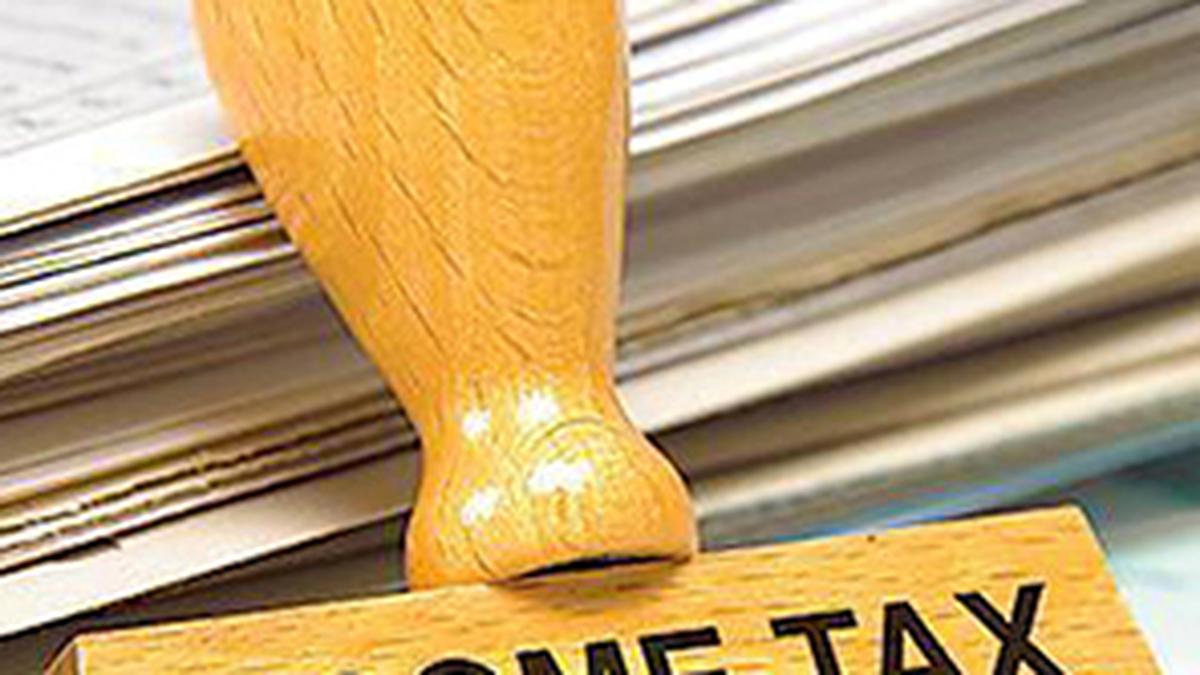Allow deductions, hike threshold for levying peak 30% tax to make optional tax regime attractive: Experts
“Investments in Public Provident Fund (PPF) and other tax savings schemes should be allowed as deductions and the threshold for 30% tax should be raised to ₹20 lakh under the concessional income tax regime in Budget 2023-24 to make it attractive for middle-income taxpayers,” experts said.
The government in Budget 2020-21 brought an optional income tax regime, under which individuals and Hindu Undivided Families (HUFs) were to be taxed at lower rates if they did not avail specified exemptions and deductions, such as house rent allowance (HRA), interest on the home loan, investments made under Section 80C, 80D and 80CCD. Under this, total income up to ₹2.5 lakh will be tax-exempt.
A 5% tax is levied on total income between ₹2.5 lakh and ₹5 lakh, 10% on ₹5 lakh to ₹7.5 lakh, 15% on ₹7.5 lakh to ₹10 lakh, 20% on ₹10 lakh to ₹12.5 lakh, 25% on ₹12.5 lakh to ₹15 lakh and 30% on above ₹15 lakh. The scheme, however, has not gained traction as in several cases it resulted in a higher tax burden.
All you need to know about new criteria for Income Tax return filing
Experts believe that Finance Minister Nirmala Sitharaman should look at including certain popular tax deductions claimed by individuals, in addition to increasing the basic exemption limit and hiking the threshold for peak tax rate, in the optional tax regime to make it attractive for taxpayers.
Nangia Andersen India Chairman Rakesh Nangia said the government should rationalise the tax rates further in the optional tax regime to make it commensurate with the deductions/exemptions that the taxpayer is foregoing.
“The biggest drawback of the optional tax regime is that, for the lower and middle-class taxpayers, tax rates provided under the optional tax regime struggle to compete with the normal tax regime, if the available deductions and exemptions are pressed into service. Investments and social security linked deductions should be made available even in case of the optional tax regime,” Nangia said.
Deloitte India Partner Sudhakar Sethuraman expressed a similar opinion saying that the government could consider allowing certain deductions, which are traditionally claimed by individuals and at the same time without complicating the process.
These deductions, he said, could be those which qualify for life insurance premiums, home loan repayment and deduction for home loan interest payments, among others.
“Capping the peak tax rate at 25%, from the existing 30%, would make the regime more attractive. This peak rate of 25% would make it somewhat comparable to the tax rates in neighbouring countries, such as Singapore, Hong Kong, etc,” Mr. Sethuraman said.
EY Tax Partner and India Mobility Leader Amarpal S. Chadha suggested that the standard deduction of ₹50,000 and certain other deductions up to ₹2.5 lakh should be made part of the optional tax regime.
Mr. Chadha also suggested that the basic exemption limit should be increased to ₹5 lakh from ₹2.5 lakh at present and revise the current income slabs to make them more tax efficient. The 30% tax rate should be levied only on income above ₹20 lakh against ₹15 lakh currently.
AKM Global Partner-Tax Sandeep Sehgal said the highest rate of 30% income tax should be levied only on total income exceeding ₹20 lakh and introduce a rebate for total income below ₹5 lakh.
“As of now, in case any assessee missed the original return filing deadline, he/she is ineligible to avail the new tax regime. Therefore, the appropriate amendment should be made in section 139 (1) allowing such a concessional regime to be opted while filing the belated return,” Mr. Sehgal said.
IndusLaw Tax Partner Shruti K.P. said the new tax regime has been more popular with individuals in the lower tax brackets and those who are not claiming any exemptions/deductions. However, those who have availed substantial housing loans or paying house rent, etc may be better off under the old tax regime.
“Given the absence of significant tax benefits under the new regime, the government may examine reverting to a single tax regime, along the lines of the old tax regime, but with a higher basic exemption limit coupled with lower tax rates. Further, the limits for Chapter VIA deductions may also be increased. For e.g., the Section 80C deduction of ₹1.5 lakhs may be increased to at least ₹3 lakhs, considering the significant increase in inflation over the years,” Ms. Shruti added.
Under the old tax system, income up to ₹2.5 lakh is exempt from personal income tax. Income between ₹2.5 lakh and ₹5 lakh attracts a 5% tax, while that between ₹5 lakh and ₹10 lakh is levied with a 20% tax. Income above ₹10 lakh is taxed at 30%.
For all the latest business News Click Here

